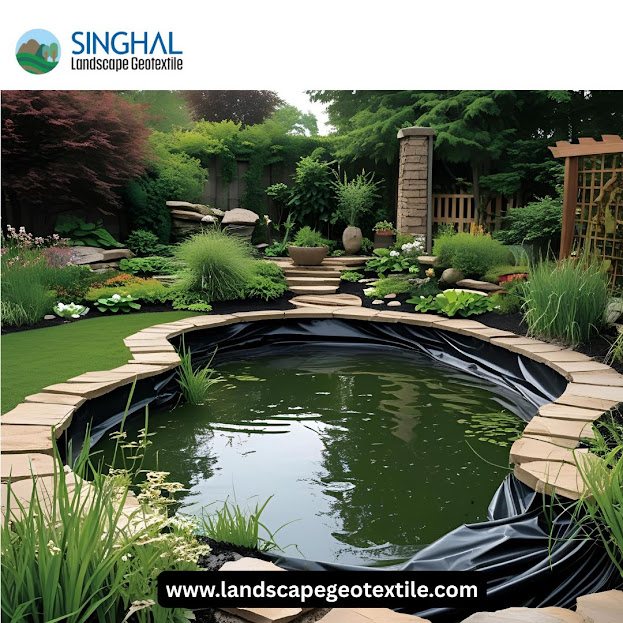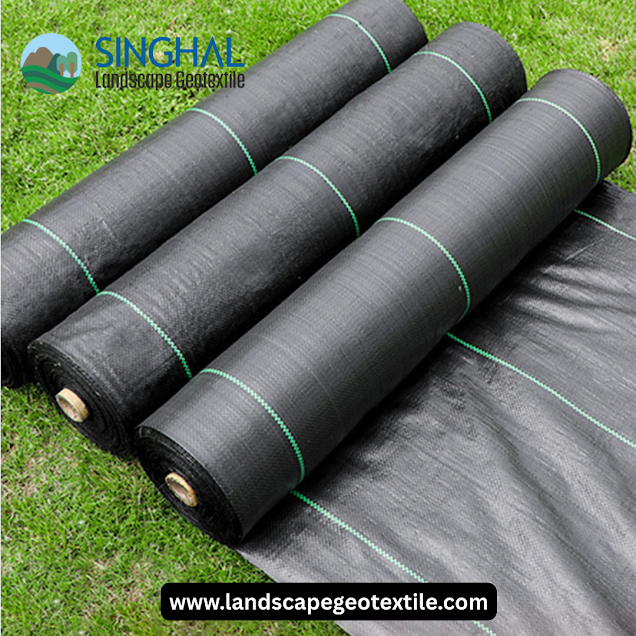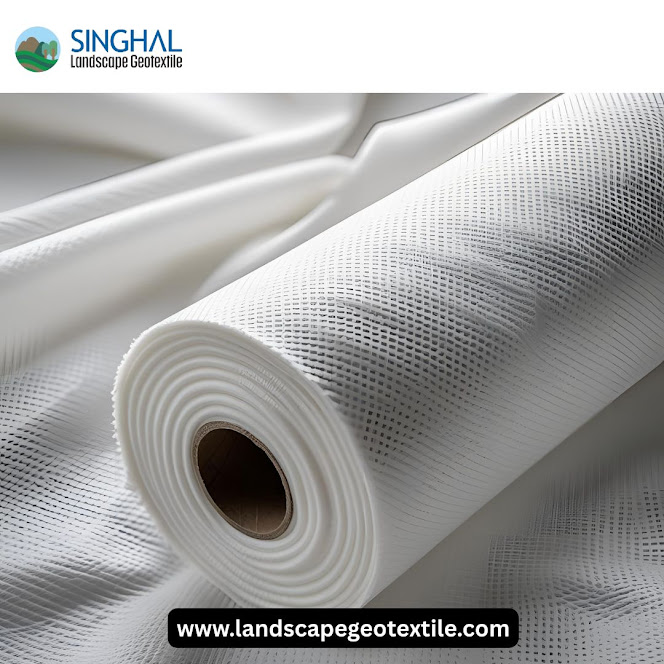The Essential Guide to Choosing the Right Pond Liner for Your Water Feature
An estate can change when a pond is added; it provides aesthetic beauty, a place for wildlife to call home, and gives you a beautiful place to retreat. However, it is important to know that there are many components to consider when building a pond and the pond liner is one of the most important components of all. The pond liner is a waterproof membrane that provides a water-tight seal, ensuring that the water flows through the pond and not into the soil underneath, allowing your pond to stay full and healthy. Choosing the appropriate pond liner thickness and understanding about the different options of pond liner available will help you create a stronger, longer lasting water feature. In this guide, we outline everything you need to know about pond liner including popular options like a Bunnings pond liner - so that you can create an informed project.
Why the Thickness of a Pond Liner Matters
The Fish safe pond liner thickness is an important consideration that will affect the lifespan, durability, and flexibility of the material. When asking what is the best thickness of pond liner, we must consider the size of the pond, the environment, and level of usage. A thinner liner is more flexible and requires less time to install, making it a good choice for small decorative ponds or pond features with gentle slopes, like 0.5mm (0.02in) and 0.75mm (0.03in) pond liners. Thinner liners are more likely to be damaged from punctures, tears, and UV exposure over time, but if you are only using it for a small pond, the cost may help justify its short lifespan. On the other hand, for larger and more usable ponds, we generally recommend the thicker pond liner, starting at 1.0mm (0.04in) or more.
Determining the Best Thickness for Your Pond Liner
When selecting the right thickness of pond liner, there are many things to consider including the size and location of your pond, and the type of fish or plants. For small, relatively decorative ponds, and if there are few fish or plants, a liner that is 0.75mm thick should work just fine. While smaller pond liners are more flexible and simple to install, as the pond gets larger, or if it is a koi, or heavy fish pond, a 1.0mm or thicker pond liner is preferable for cost-friendly options when you know your pond will have heavy fish and involved aquatic life. The thicker liner will last longer because it will be less susceptible to UV degradation or punctures. If the pond will be placed in a rocky or abrasive location, the thicker liner will provide better protection against perforations or degradation and may allow you to enjoy your pond longer without additional costs or repairs.
Popular Options and Features of Bunnings Pond Liners
There is little debate that Bunnings is known for conveniently offering HDPE pond liner for both homeowners and landscapers alike. Their pond liner products are sold in varying thicknesses, sizes, and materials based on the type of pond you wish to create (natural, ornamental, fish or wildlife habitat). When considering Bunnings pond liner products, you should select the correct thickness based on your project needs. For example, you may decide that a 0.75mm Bunnings pond liner is adequate for a small easy-to-maintain pond whilst a larger or heavily stocked pond would require a thicker liner (1.0mm or greater). Bunnings does offer a variety of flexible and reinforced liner options, allowing for your pond design and environmental factors.
Proper Installation Tips for Longevity
Proper installation of your pond liner is the best way to ensure it lasts as long as possible and keeps your pond intact. Using a protection underlay and/or geotextile added some extra protection against conditions that could break down or puncture the liner. When installing, ensure the liner fits smoothly into all contours of the pond without stretching or tearing, and ensure it is overlapped to beyond the edges of your pond to allow for landscaping and water levels changing seasonally.
Conclusion: Investing in the Right Pond Liner
Selecting the Best pond liner for wildlife pond is a major component of creating an enjoyable sustainable water feature that will last for many seasons. Knowing the value of the best thickness of pond liner is helpful to make sure your pond has the best chance of surviving environmental factors and continuing to be structurally sound. Thinner liners can be used for small or decorative ponds, while using a thicker liner (around 1.0mm or thicker) is better suited for larger water bodies that are stocked with larger fish. Items like Bunnings pond liner are easy and cost-effective, but thickness and material make all the difference for context. If initial installation and ongoing care isn't done properly, any issues will quickly arise and reduce the life of your pond liner.
Frequently Asked Questions
1. What is the best pond liner thickness for a koi pond?
For a koi pond, which involves heavy fish and potential sharp fins, a pond liner with a thickness of at least 1.0mm is recommended. Thicker liners provide better puncture resistance and durability, ensuring your koi stay safe and your pond remains leak-free.
2. Who is the largest manufacturer of Pond Liner?
In terms of pond liners, Singhal Landscape Geotextile Manufacture is the biggest producer. Singhal is a well-known brand in the industry.
3. How long does a typical pond liner last?
With proper installation and maintenance, a good-quality pond liner can last between 10 to 20 years. Factors such as exposure to UV rays, sharp objects, and environmental conditions can influence its lifespan.



.jpg)
Comments
Post a Comment